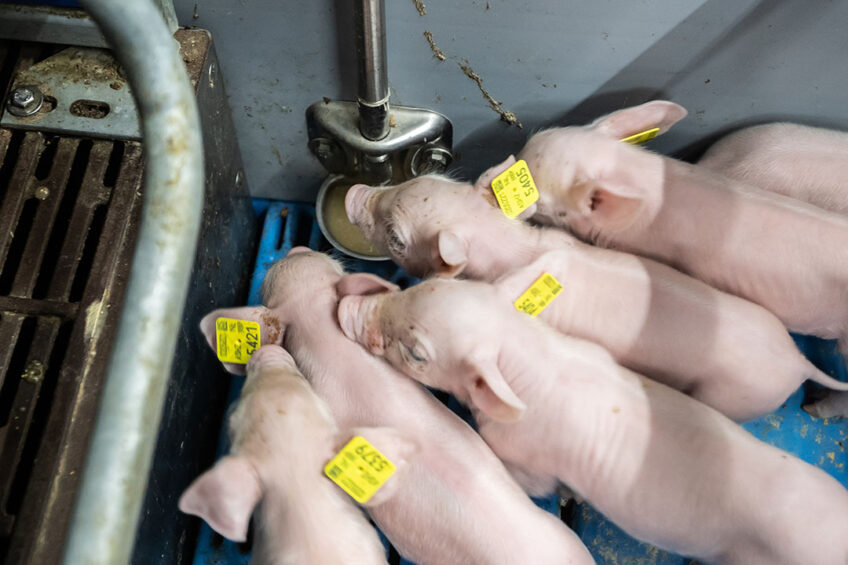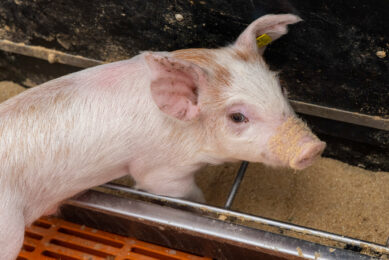What has more impact on results: birth or weaning weight?

Modern sows have been selected to increase prolificity in order to increase their productivity, writes animal nutrition expert Dr Francesc Molist. The continued increase in prolificity has resulted in a greater number of piglets born with a low body weight (< 1 kg). Based on this situation, Schothorst Feed Research (SFR) tried to answer the question of what has a greater effect on performance and economic result of the growing-finishing pigs; birth weight or weaning weight?
SFR used data collected in its own farm regarding individual body weight of the pigs at different time points in the last 5 years. Based on this dataset analysis, we came to the following observations:
Animals with a high birth weight (> 1.8 kg BW) also had a high weaning weight (> 9 kg BW) and vice versa; animals with the lowest body weight at birth (< 1 kg BW) also had the lowest body weight at weaning (< 6 kg BW);
Both birth weight and weaning weight affect growth of the animals in the growing-finishing period (25 kg to 120 kg BW), with a high birth weight or a high weaning weight resulting in higher growth in the different periods and vice versa;
The effect of birth weight on the growth performance of growing-finishing pigs appears to be greater than the effect of weaning weight. So increasing the body weight of the piglets at birth seems more profitable for the farmers long term than increasing the body weight of the piglets at weaning;
Birth weight has a major influence on mortality, especially pre-weaning; the piglets with a birth weight < 1 kg had 43.8% mortality. On the other hand, in piglets born above 1.8 kg the mortality was only 3%;
For weaned piglets, the mortality of the piglets with lower birth weight was also higher compared to the piglets with higher birth weight (4.6 vs. ±2.6%). When looking at the effect of birth weight combined with weaning weight on mortality from weaning to slaughter, weaning weight appears to play a larger role compared to birth weight;
No differences were observed in the carcass quality results that could be attributed to the birth or weaning weight of the pigs; and
Pigs with low birth and weaning weight are about 10 days older at transfer to the growing-finishing barn and on average are delivered 3 days later to the slaughterhouse.
Based on the SFR farm therefore, we could conclude that increasing body weight of the piglets at birth has positive effects in reducing pre-weaning mortality but also in the production performance of the animals in the weaner and the growing-finishing facility. Weaning piglets with a heavier body weight results in lower mortality post-weaning. Taking care of the sows during late gestation and farrowing, and trying to increase the body weight of the piglets at weaning have a positive impact on the production of the animals later in life.
The Pig Progress Newsletter
Sign up for our newsletter and receive all our need-to-know content three times a week.











